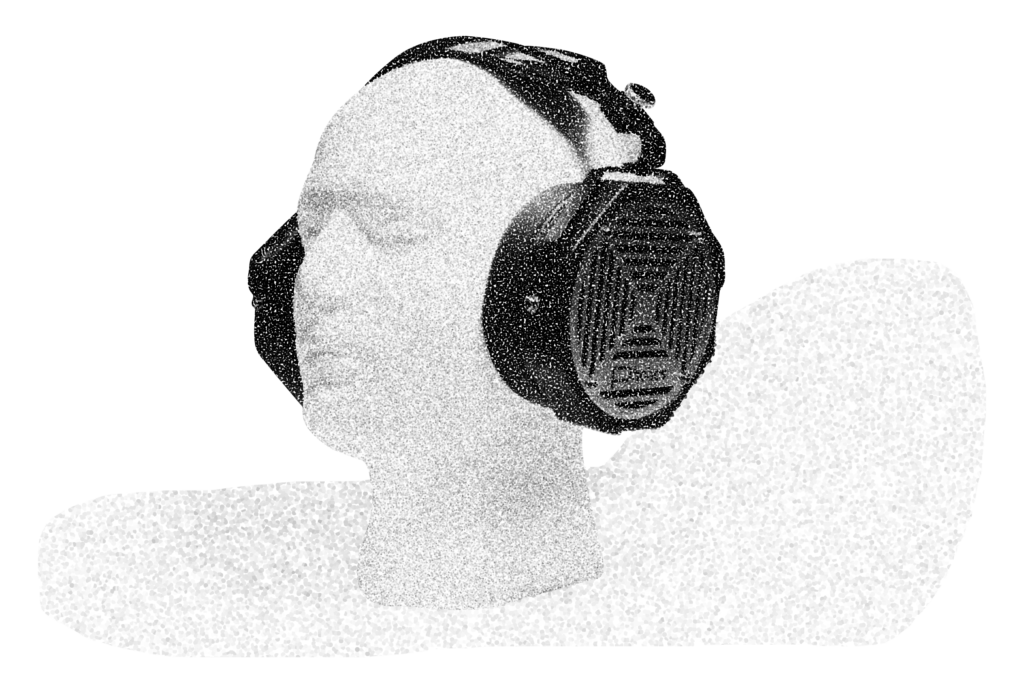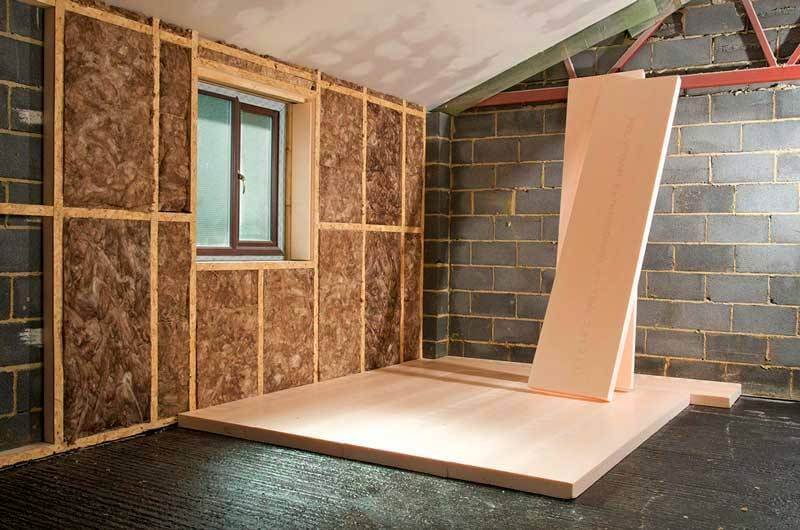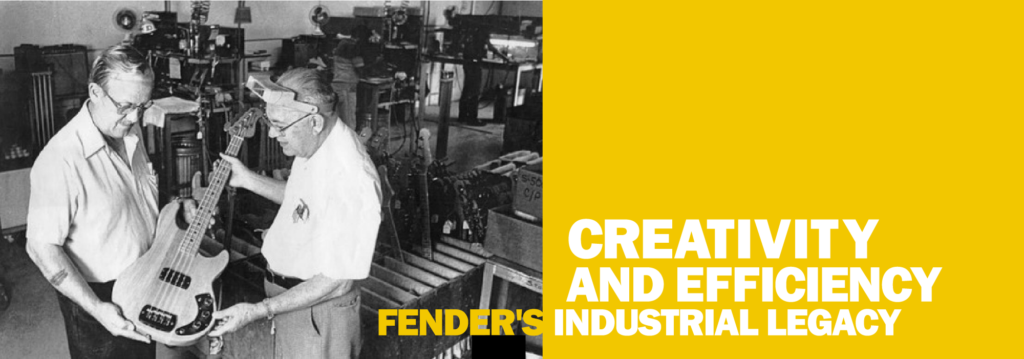Hearing Health in Luthier Workshops: Tips to Improve Your Workspace
Ricardo, a luthier with over 20 years of experience, found himself facing hearing health issues due to the noise in his workshop. Amid the hum of sanders and the screech of saws, he noticed a persistent ringing in his ears by the end of the day.
After consulting an ENT specialist, Ricardo received a clear diagnosis: he needed to protect his hearing to avoid permanent damage. The doctor not only recommended immediate actions, such as using hearing protection, but also suggested making adjustments to his workshop to reduce noise exposure.

Identifying the Problem and Its Impact on Hearing Health

The ENT specialist explained that noise levels in a luthier workshop often exceed 85 dB, the recommended limit for prolonged exposure. Tools like orbital sanders and band saws can reach over 100 dB, posing a risk to anyone’s hearing without proper protection.
Moreover, the materials and configuration of the workspace, such as bare walls and metallic surfaces, tend to amplify these sounds, increasing the risk and impacting both hearing and overall well-being.
Strategies to Protect Hearing Health and Optimize Workshop Acoustics
Although Ricardo’s story serves as an example, these recommendations are relevant for any luthier looking to protect their hearing:
1. Acoustic Optimization of the Workshop
- Install sound-absorbing panels on walls and ceilings to reduce reverberation.
- Cover metal or rigid surfaces with materials that absorb sound.
2. Use Hearing Protection Equipment
- Filtered earplugs: Ideal for reducing noise without completely blocking important frequencies.
- Noise-canceling headphones: Useful for prolonged tasks with machines.
- Combination of both: For maximum protection in high-noise environments.
3. Select and Maintain Quiet Tools
- Choose tools with low-noise certifications.
- Perform regular maintenance to minimize unnecessary noise caused by wear and tear.
4. Schedule Annual Hearing Checks
- Plan visits to an ENT specialist at least once a year.
- Monitor changes in hearing health to act preventively.
How to Optimize Your Workshop Acoustics?
Tutorial by @crearmasymejor
Learn how to acoustically optimize your workshop in a simple and effective way, creating a design functional for your space.
Symptoms Associated with High Noise Exposure
Prolonged exposure to elevated noise levels can result in various symptoms, categorized as follows:
Auditory Symptoms:
- Tinnitus: Persistent ringing or buzzing in the ears, even in silence.
- Hearing loss: Gradual reduction in hearing ability, particularly at high frequencies.
- Auditory fatigue: A “tired” sensation in the ears or temporary difficulty perceiving sounds.
Non-Auditory Symptoms:
- High blood pressure: Chronic noise exposure can elevate stress levels and blood pressure.
- Insomnia: Trouble sleeping due to overstimulation or stress caused by noise.
- Fatigue and chronic stress: Continuous exposure can lead to physical and mental exhaustion.
- Frequent headaches: Triggered by auditory tension and constant noise..
Additionally, some studies link noise exposure to an increased risk of cardiovascular diseases. For more scientific information on these effects, you can check:
Systematic Review on Occupational Noise Exposure and Cardiovascular Effects (Scielo)
Results of Implementing Hearing Health Measures
Those who implement these measures experience clear benefits: a more comfortable work environment, less auditory fatigue, and a significant reduction in the risk of permanent damage. Moreover, optimizing workshop acoustics enhances productivity and allows for a healthier workspace.
Hearing Health in Luthier Workshops: Tips to Improve Your Workspace

Ricardo, a luthier with over 20 years of experience, found himself facing hearing health issues due to the noise in his workshop. Amid the hum of sanders and the screech of saws, he noticed a persistent ringing in his ears by the end of the day.
After consulting an ENT specialist, Ricardo received a clear diagnosis: he needed to protect his hearing to avoid permanent damage. The doctor not only recommended immediate actions, such as using hearing protection, but also suggested making adjustments to his workshop to reduce noise exposure.
Identifying the Problem and Its Impact on Hearing Health

The ENT specialist explained that noise levels in a luthier workshop often exceed 85 dB, the recommended limit for prolonged exposure. Tools like orbital sanders and band saws can reach over 100 dB, posing a risk to anyone’s hearing without proper protection.
Moreover, the materials and configuration of the workspace, such as bare walls and metallic surfaces, tend to amplify these sounds, increasing the risk and impacting both hearing and overall well-being.
Strategies to Protect Hearing Health and Optimize Workshop Acoustics
Although Ricardo’s story serves as an example, these recommendations are relevant for any luthier looking to protect their hearing:
1. Acoustic Optimization of the Workshop
- Install sound-absorbing panels on walls and ceilings to reduce reverberation.
- Cover metal or rigid surfaces with materials that absorb sound.
2. Use Hearing Protection Equipment
- Filtered earplugs: Ideal for reducing noise without completely blocking important frequencies.
- Noise-canceling headphones: Useful for prolonged tasks with machines.
- Combination of both: For maximum protection in high-noise environments.
3. Select and Maintain Quiet Tools
- Choose tools with low-noise certifications.
- Perform regular maintenance to minimize unnecessary noise caused by wear and tear.
4. Schedule Annual Hearing Checks
- Plan visits to an ENT specialist at least once a year.
- Monitor changes in hearing health to act preventively.
How to Optimize Your Workshop Acoustics?
Tutorial by @crearmasymejor
Learn how to acoustically optimize your workshop in a simple and effective way, creating a design functional for your space.
Symptoms Associated with High Noise Exposure
Prolonged exposure to elevated noise levels can result in various symptoms, categorized as follows:
Auditory Symptoms:
- Hearing loss: Gradual reduction in hearing ability, particularly at high frequencies.
- Hearing loss: Gradual reduction in hearing ability, particularly at high frequencies.
- Auditory fatigue: A “tired” sensation in the ears or temporary difficulty perceiving sounds.
Non-Auditory Symptoms:
- High blood pressure: Chronic noise exposure can elevate stress levels and blood pressure.
- Insomnia: Trouble sleeping due to overstimulation or stress caused by noise.
- Fatigue and chronic stress: Continuous exposure can lead to physical and mental exhaustion.
- Frequent headaches: Triggered by auditory tension and constant noise.
Results of Implementing Hearing Health Measures
Those who implement these measures experience clear benefits: a more comfortable work environment, less auditory fatigue, and a significant reduction in the risk of permanent damage. Moreover, optimizing workshop acoustics enhances productivity and allows for a healthier workspace.




